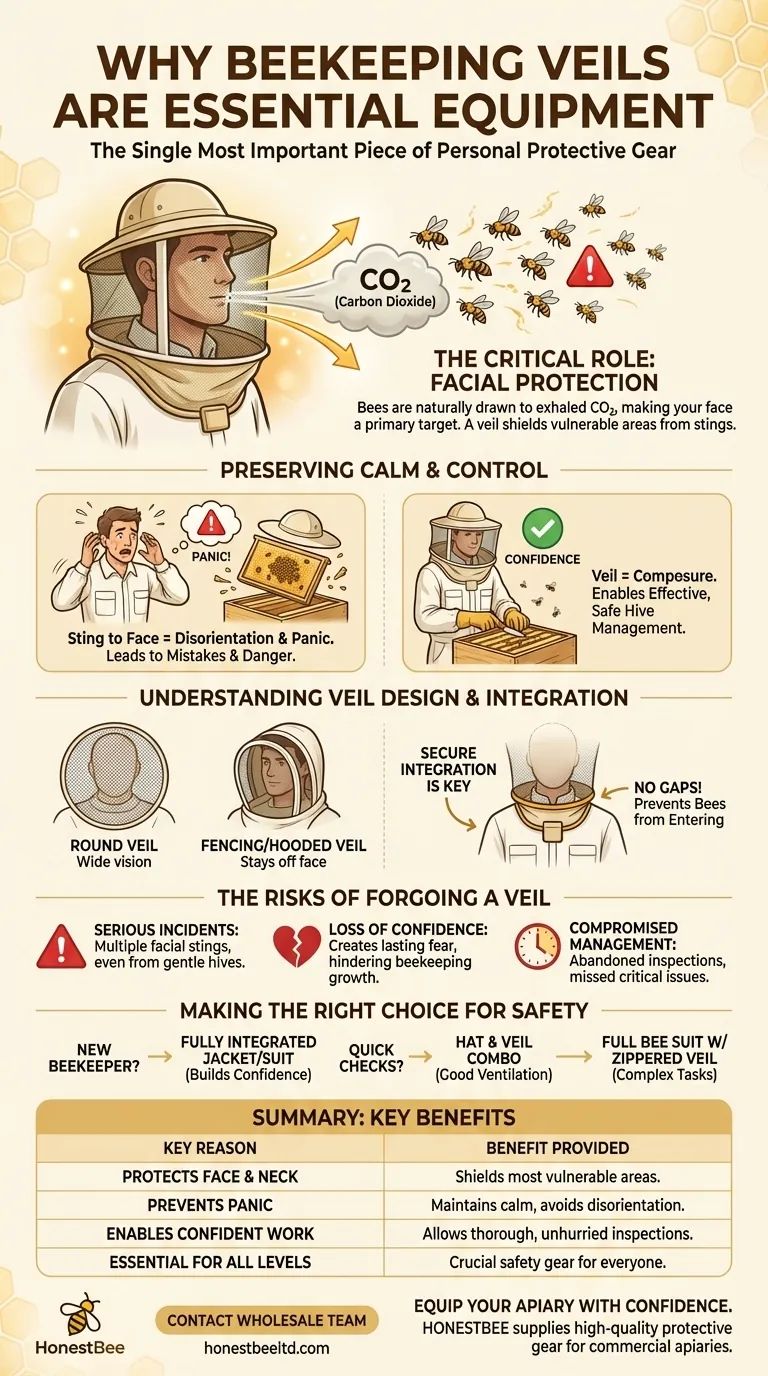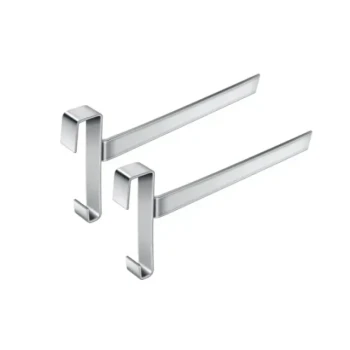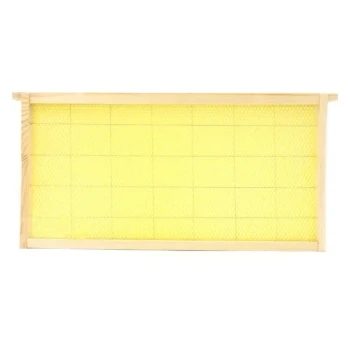A beekeeping veil is the single most important piece of personal protective equipment you will own. It is considered essential because it protects your face, head, and neck from stings. Bees are naturally drawn to the carbon dioxide you exhale, making your face a primary and highly vulnerable target during any hive inspection.
A veil is not just about preventing pain; it’s about maintaining the calm and confidence required for effective beekeeping. A single sting to the face can cause panic, leading to mistakes that endanger both the beekeeper and the colony.

The Critical Role of Facial Protection
While a full bee suit offers comprehensive protection, the veil addresses the most immediate and disorienting threat. Understanding why the face is so uniquely targeted is key to appreciating the veil's importance.
Carbon Dioxide: A Natural Attractant
Bees, particularly guard bees, have evolved to defend their colony against threats. One of the primary triggers they respond to is the high concentration of carbon dioxide found in the breath of a potential predator, such as a bear. Your mouth and nose are the source of this trigger, making your face a natural focal point for defensive bees.
Preserving Calm and Control
A sting on the hand or arm is painful but manageable. A sting on the face—especially near the eyes or mouth—is disorienting and can induce panic. This loss of composure can cause a beekeeper to drop tools, knock over frames, or make sudden movements, further agitating the entire colony and escalating a minor incident into a major one.
Protecting Your Most Sensitive Areas
The tissue around your eyes, nose, and throat is far more sensitive and prone to swelling than other parts of your body. A sting in these areas is not only intensely painful but can also temporarily impair vision or, in rare cases of extreme swelling or allergic reaction, even breathing.
Understanding Veil Design and Integration
Veils are often sold separately from suits, allowing for flexibility. However, their design and how they integrate with your other gear are critical for ensuring there are no gaps for bees to enter.
Common Styles and Visibility
Veils typically come in two styles: the round veil, which offers excellent peripheral vision and space, and the fencing veil (or hooded veil), which is more structured and stays off the face. Regardless of style, the primary feature to evaluate is the quality of the mesh. Good visibility is a safety feature in itself, allowing you to work carefully and observe the bees' behavior.
Integration with Hats and Suits
A veil must be attached to a hat, helmet, or be built into the hood of a jacket or full suit. The crucial connection point is at the bottom of the veil. It must be securely zipped or tucked into the collar of your suit or jacket to prevent any bees from crawling underneath and becoming trapped against your skin.
The Hidden Costs of Forgoing a Veil
Attempting to work a hive without a veil is a false economy that introduces unacceptable risks. The potential consequences far outweigh the cost of this essential piece of equipment.
The Risk of a Serious Incident
Even a gentle colony can become defensive if the hive is accidentally bumped, a queen is harmed, or weather conditions change. Without a veil, a routine inspection can quickly devolve into a dangerous situation with multiple facial stings.
The Loss of Confidence
For new beekeepers, a bad stinging incident to the face can create lasting fear and hesitation. This anxiety makes future hive inspections stressful and less effective, ultimately hindering your growth and enjoyment as a beekeeper.
Compromising Hive Management
Beekeeping is often a time-sensitive activity. If you are forced to abandon an inspection due to stings, you may leave the colony exposed or fail to address a critical issue, such as a pest infestation or a failing queen. A veil allows you to complete your work safely and thoroughly.
Making the Right Choice for Your Safety
Your choice of veil and protective gear should be based on your experience level and the type of work you plan to do.
- If you are a new beekeeper: Invest in a fully integrated jacket or suit with a built-in veil to ensure there are no gaps and you can build confidence securely.
- If you are an experienced beekeeper doing quick checks: A simple hat-and-veil combination offers excellent ventilation and is easy to put on for brief inspections of gentle hives.
- If your primary focus is maximum protection: A full bee suit with an integrated, zippered veil offers the most complete defense for complex tasks like hive relocations or managing aggressive colonies.
Ultimately, the veil is the piece of equipment that enables clear-headed, confident, and compassionate beekeeping.
Summary Table:
| Key Reason | Benefit Provided |
|---|---|
| Protects Face & Neck | Shields your most vulnerable areas from bee stings. |
| Prevents Panic | A sting to the face can cause disorientation; a veil maintains calm. |
| Enables Confident Work | Allows for thorough, unhurried hive inspections and management. |
| Essential for All Skill Levels | Crucial safety gear for both new and experienced beekeepers. |
Equip Your Apiary with Confidence
Protecting your beekeepers is the first step to a productive and safe operation. HONESTBEE supplies high-quality beekeeping veils and full protective gear designed for the demands of commercial apiaries and distributors.
Contact our wholesale team today to discuss your equipment needs and ensure your team has the essential protection required for confident, effective beekeeping.
Visual Guide

Related Products
- Heavy Duty Cowboy Beekeeper Hat with Visibility Veil Outdoor Professional Beekeeping Protective Gear
- Beekeeper Cowboy Hat and Veil for Beekeeping
- Square Folding Bee Hat Veil with String for Beekeeping
- Yellow Plastic Bucket Pail Perch for Beekeeping
- Long Langstroth Style Horizontal Top Bar Hive for Wholesale
People Also Ask
- What is the purpose of the high visibility veil on the beekeeping hat? Ensure Maximum Safety and Clarity
- What features enhance the quality of the beekeeping veil? Choose the Right Protection for Your Apiary
- How should the beekeeping hat veil be cleaned? The Only Safe Method to Preserve Protection
- What are the benefits of the lightweight fabric used in the beekeeping hat veil? Enhanced Visibility & Comfort for Hive Work
- What activities is the beekeeping hat suitable for? Beyond the Hive for Ultimate Outdoor Protection



















